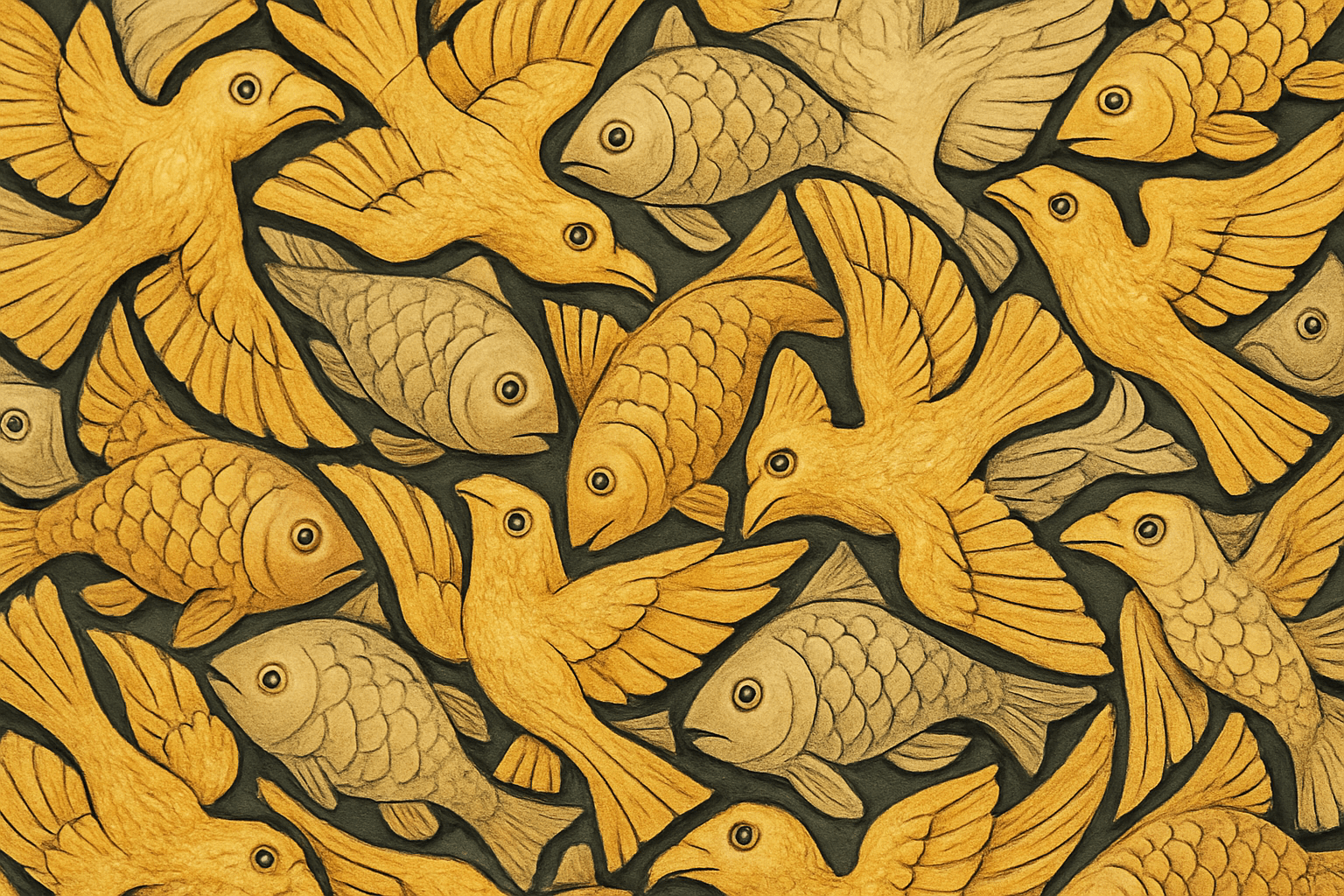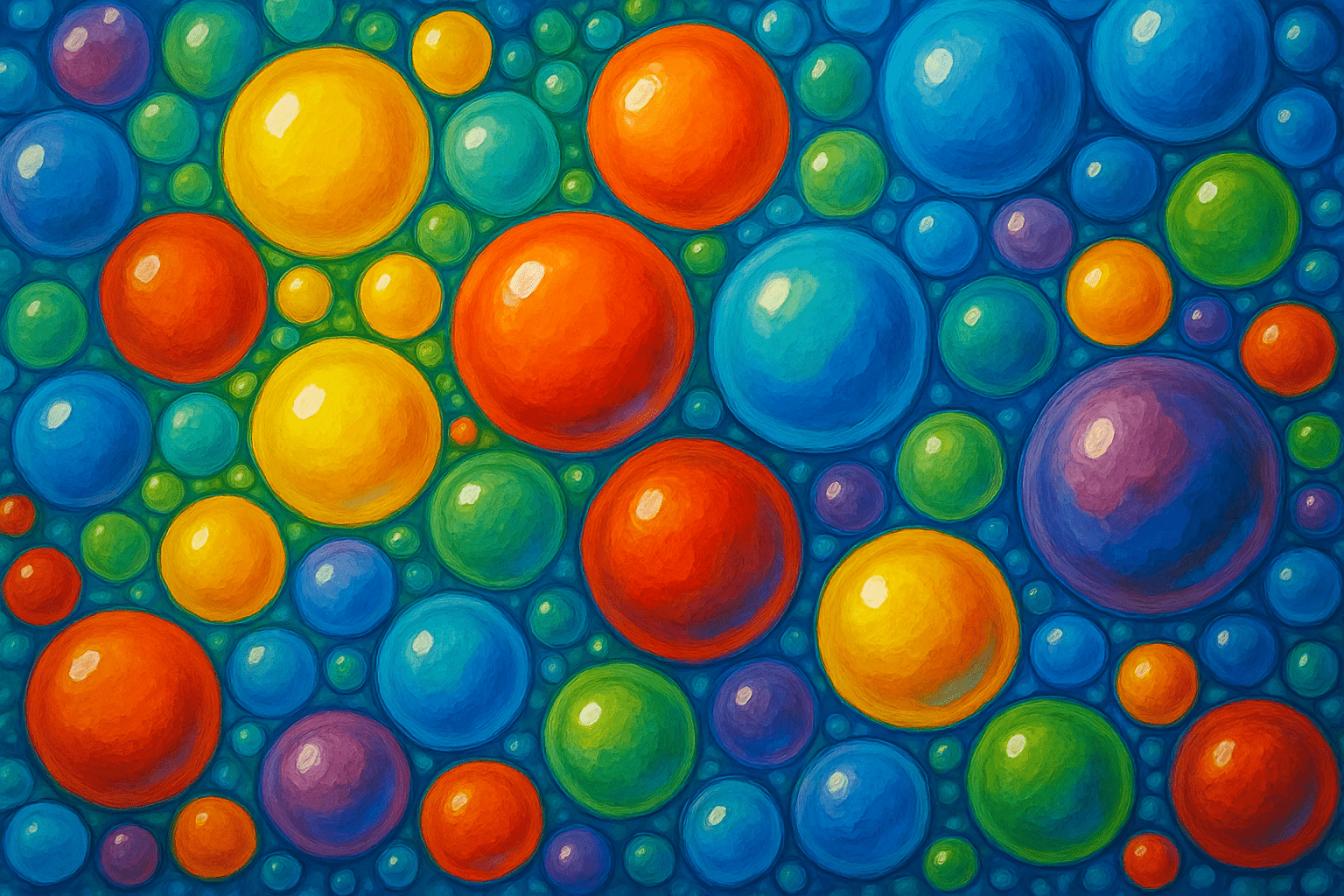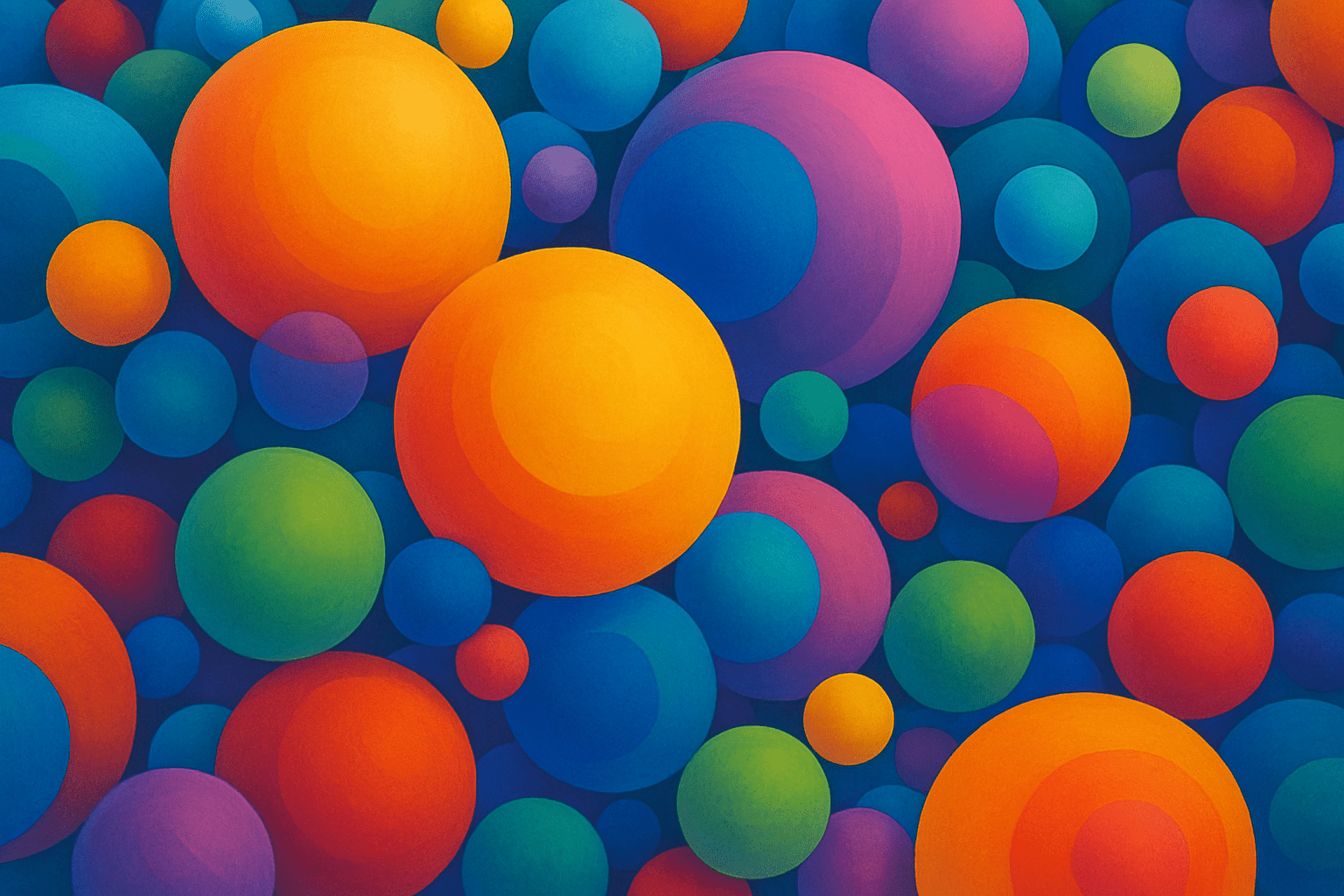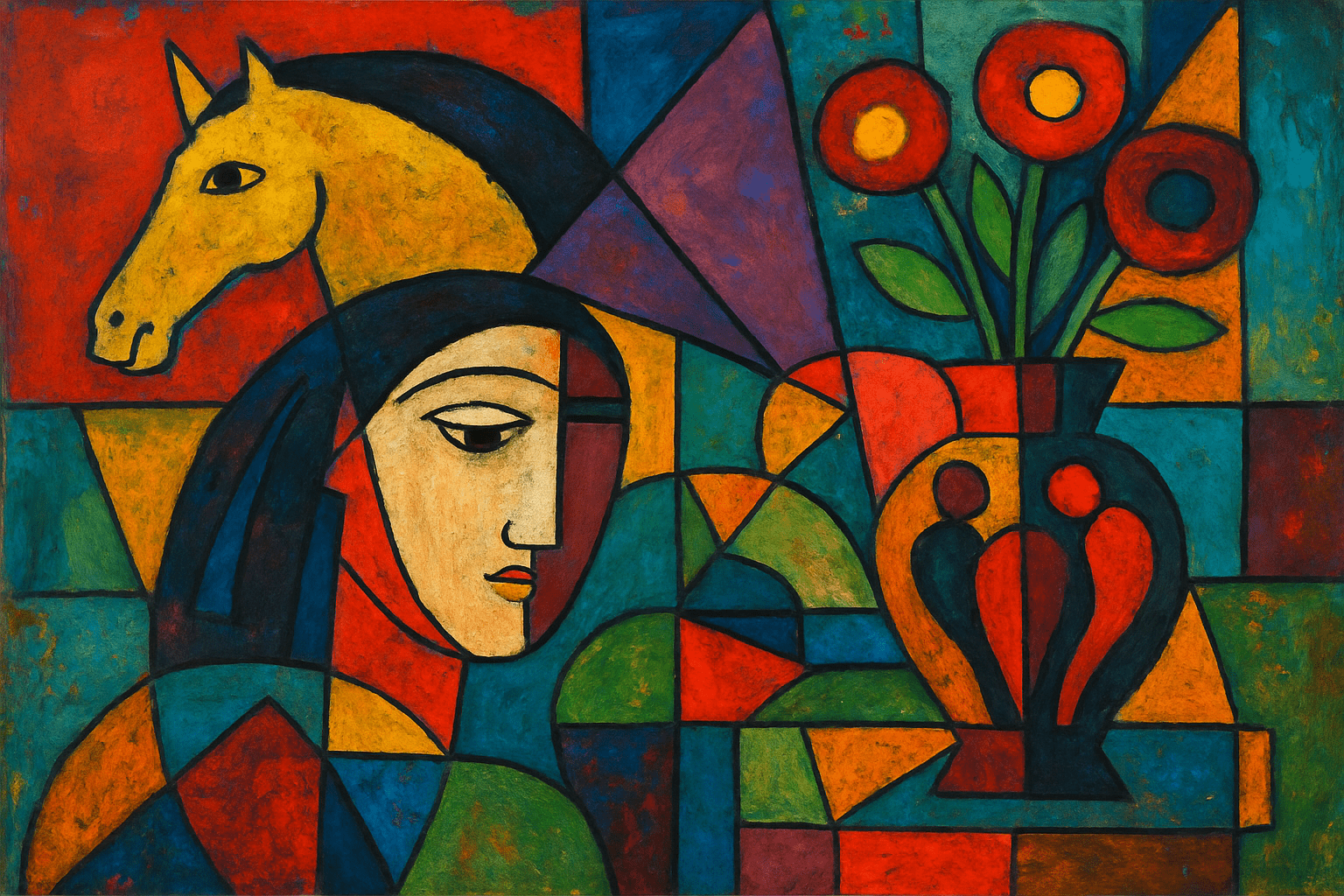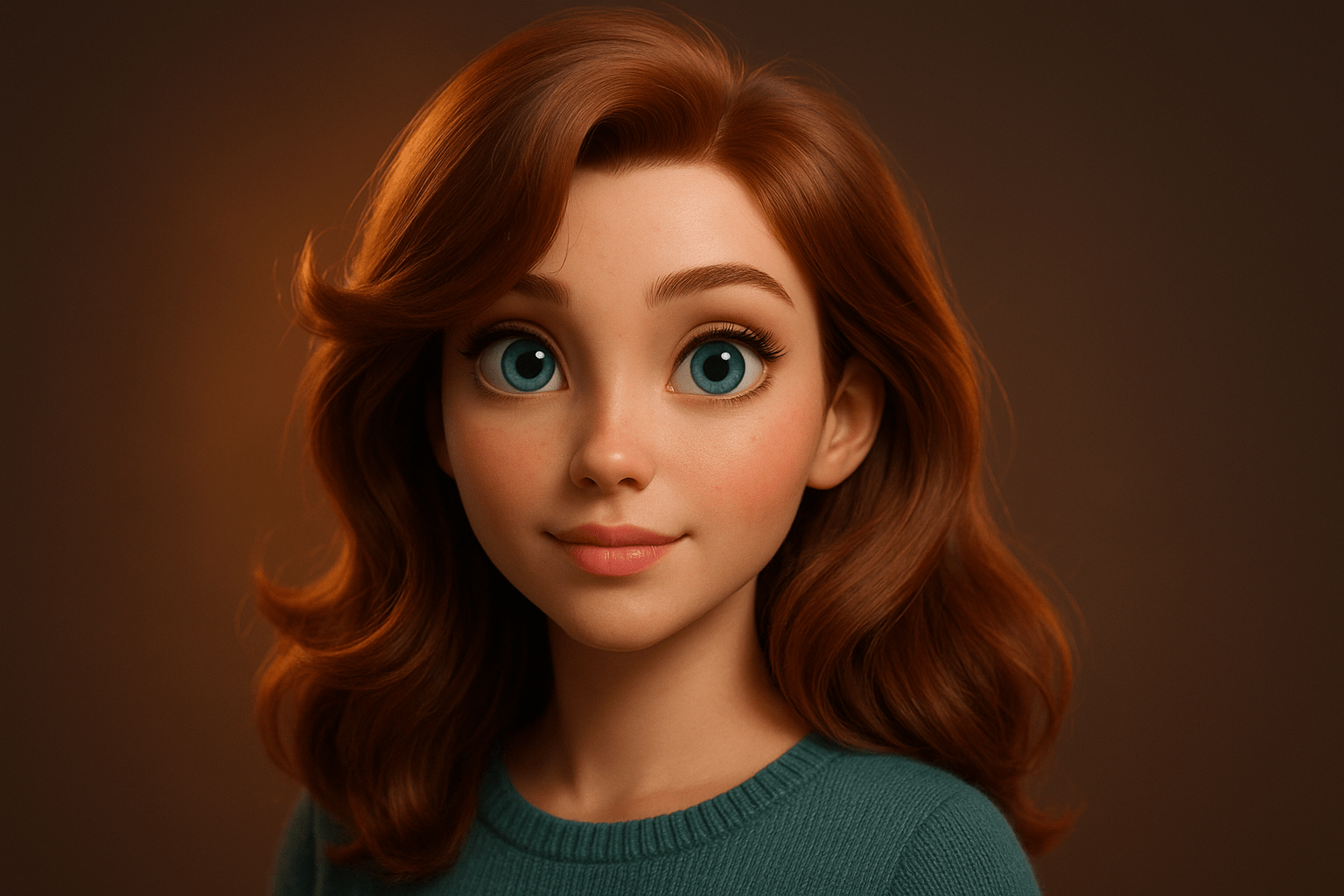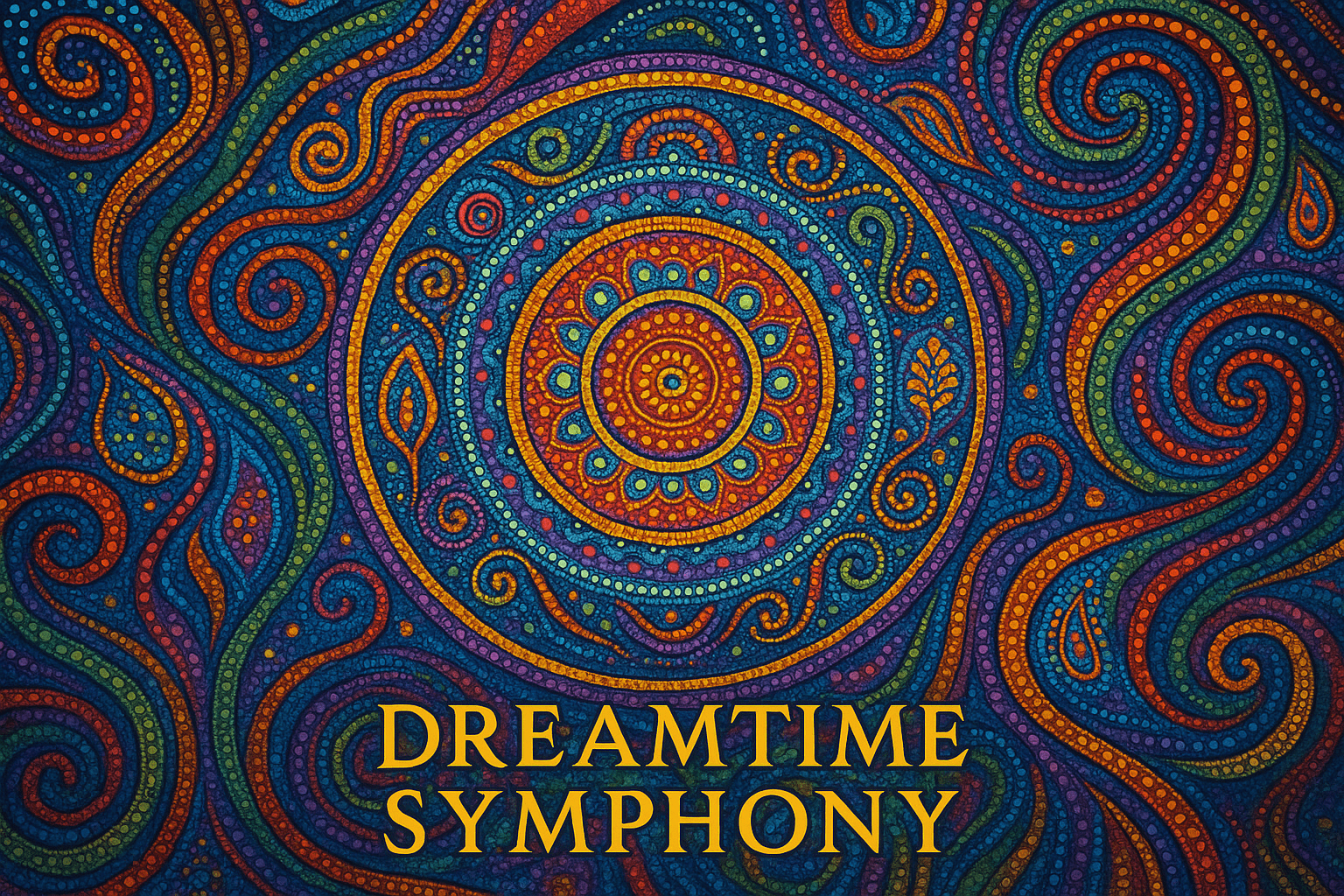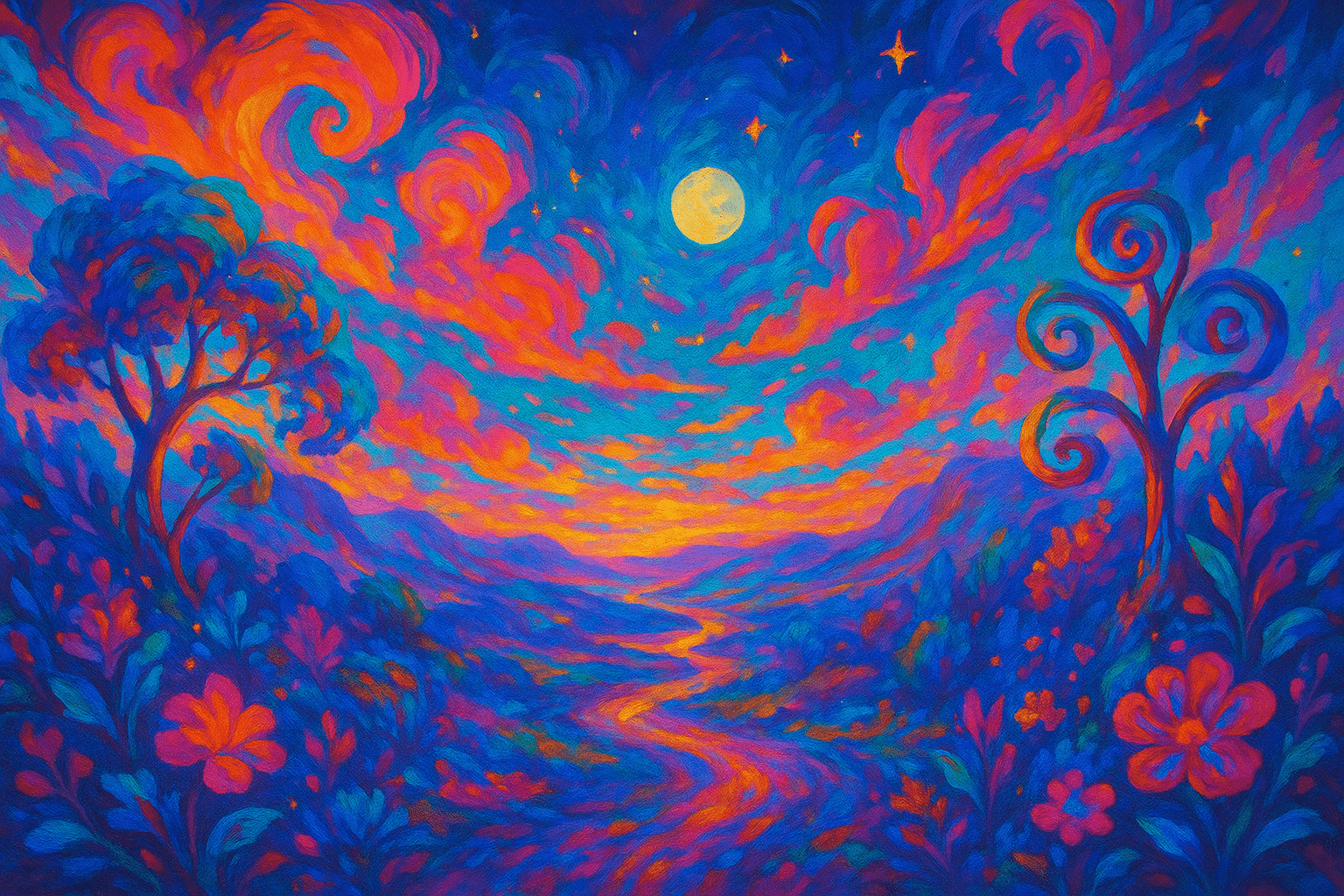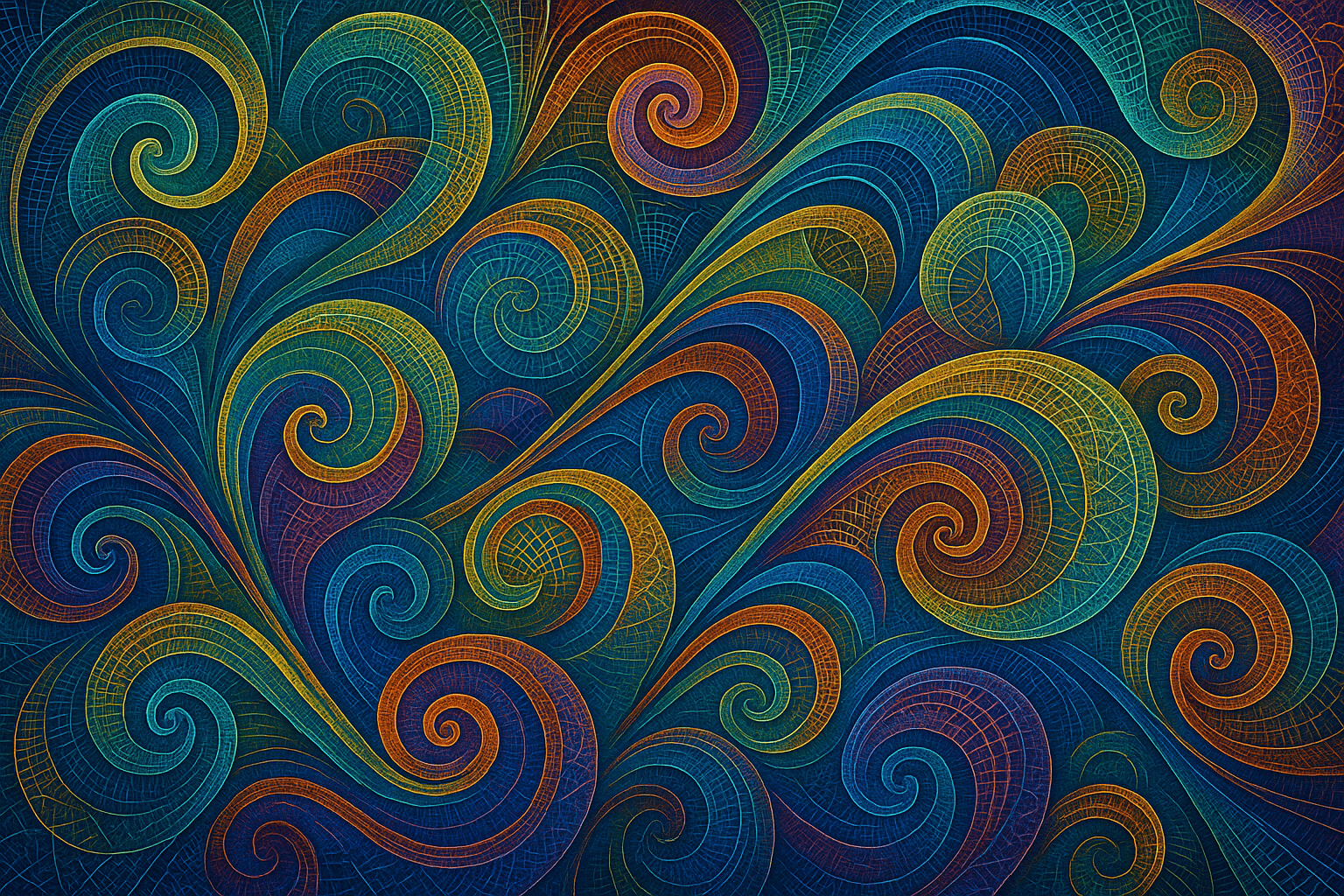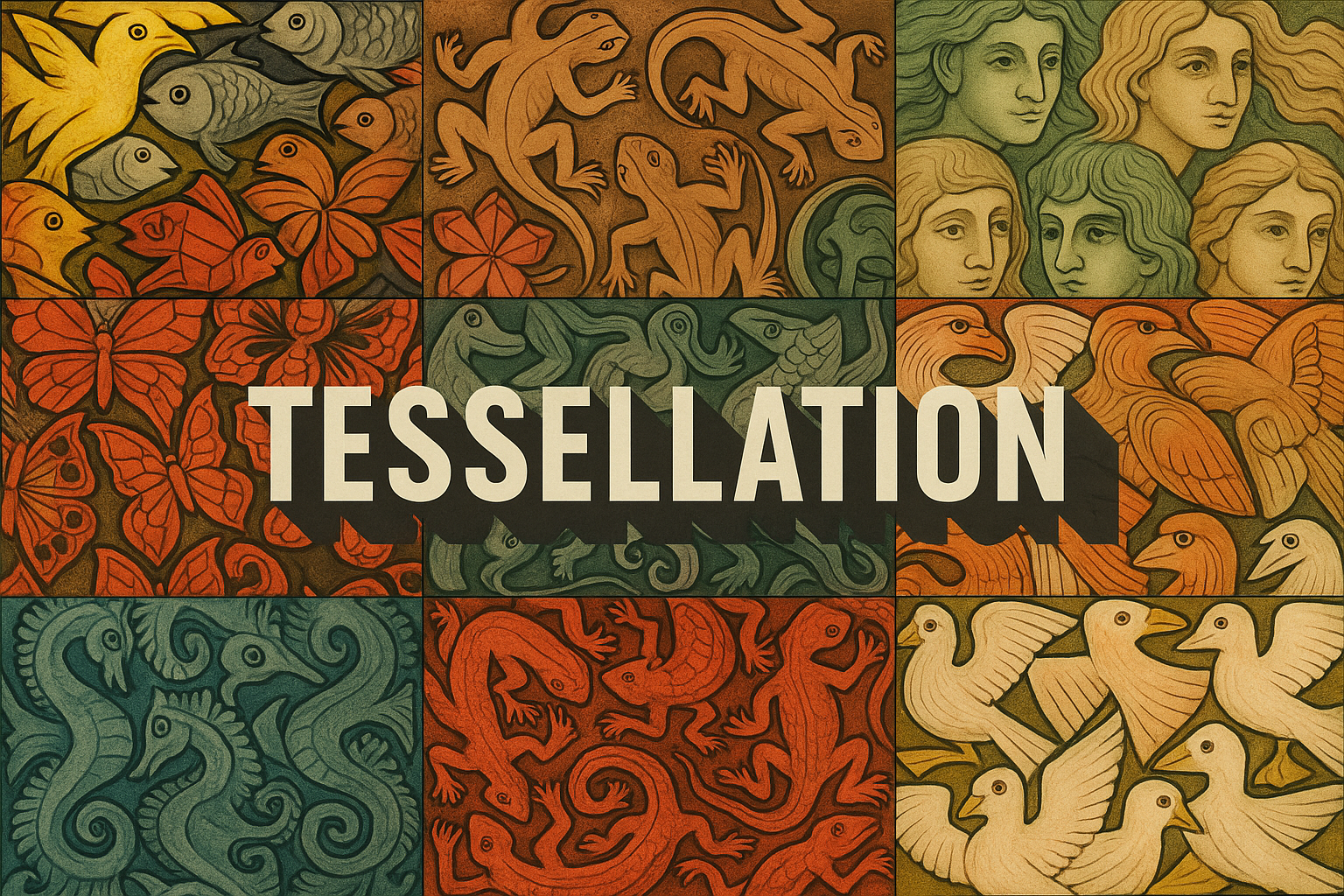
Tessellation
The art style of tessellation is usually a repeating pattern of geometric shapes. The shapes are often interlocking, and the overall effect is often quite pleasing to the eye.
AOI thinking about Tessellation [+_~]-/
Overview and Quickfacts
Tessellation is a type of art where shapes are repeated to create a pattern. This can be done with any type of shape, but is often seen with geometric shapes. Tessellations can be found in a variety of places, including architecture, nature, and even on the surface of a soccer ball.
Can understand it also, as:
Tiling, mosaic, pattern, design, decoration
Categorize it as:
Impressionism, Modernism
.: Dreaming :.
holds a HAIKU for the art style
:. Thought is power .:
Detailed Description
Tessellation is a type of pattern in which shapes are fitted together in a repeating, interlocking fashion. This type of pattern is found in many places in nature, as well as in man-made objects. Tessellations can be created with a variety of shapes, but the most commonly used shapes are squares and triangles. Other shapes that can be used to create tessellations include hexagons, octagons, and dodecagons. The word “tessellation” comes from the Latin word “tessella”, which means “small square”. Tessellations have been used in art for centuries. One of the most famous examples is the floor of the Cathedral of Notre Dame in Paris, which is decorated with a tessellation of two-dimensional geometric shapes. M. C. Escher is one of the most famous artists who have used tessellations in their work. Escher was a Dutch artist who lived in the 20th century. He is best known for his drawings, lithographs, and woodcuts that feature tessellations. One of Escher’s most famous works is “Day and Night”, a woodcut that features a tessellation of birds and fish. Other famous artists who have used tessellations in their work include the American artist Chuck Close and the British artist David Hockney.
.. beep, beep, beep ..
<START OF TRANSMISSION>
1. Tessellation is the tiling of a plane using one or more geometric shapes, called tiles, with no overlaps and no gaps. 2. The word "tessellation" comes from the Latin word tessella, meaning "small square". 3. Tessellations are found in nature, in art, and in architecture. 4. The study of tessellations is called tessellation theory. 5. A tessellation must be repeatable, meaning that the pattern can be continued indefinitely. 6. A tessellation is said to be periodic if it has a repeating unit cell, like a checkerboard. A tessellation is said to be aperiodic if it does not have a repeating unit cell. 7. The most famous aperiodic tessellation is the Penrose tiling. 8. A tessellation can be created using a variety of shapes, including polygons, polyhedra, and fractals. 9. The shapes in a tessellation can be regular or irregular. 10. A tessellation is said to be regular if all the tiles are the same shape and size. An example of a regular tessellation is a checkerboard. 11. A tessellation is said to be irregular if the tiles are different shapes and sizes. An example of an irregular tessellation is a mosaic. 12. A tessellation can be created by hand or by using a computer program. 13. The most famous tessellation artist is M. C. Escher. 14. Escher created a number of famous tessellations, including the "Drawing Hands" and the "Sky and Water" series. 15. Tessellations can be used for decorative purposes or for functional purposes. 16. Decorative tessellations are often found in art and architecture. 17. Functional tessellations are often found in flooring and tiling. 18. Tessellations can be found in many cultures around the world. 19. The ancient Mayans and Aztecs used tessellations in their art and architecture. 20. Tessellations are not limited to two dimensions. They can also exist in three dimensions.
<EOF>
.. robbel bob
Visual Examples from our image gallery
Coming soon, we are so slow .. might never come
Artists, Paintings, and more
(be aware, can be highly speculative)
Artists (be aware, speculation possible):
1. M. C. Escher (1898-1972) 2. Albrecht DÃÂürer (1471-1528) 3. Leonardo da Vinci (1452-1519) 4. Rembrandt (1606-1669) 5. Pablo Picasso (1881-1973) 6. Henri Matisse (1869-1954) 7. Jackson Pollock (1912-1956) 8. Andy Warhol (1928-1987) 9. Mark Rothko (1903-1970) 10. Barnett Newman (1905-1970) 11. Clyfford Still (1904-1980) 12. Adolph Gottlieb (1903-1974) 13. Helen Frankenthaler (1928-2011) 14. Robert Motherwell (1915-1991) 15. Richard Diebenkorn (1922-1993) 16. Joan MirÃÂó (1893-1983) 17. Yayoi Kusama (1929-) 18. Jasper Johns (1930-) 19. Roy Lichtenstein (1923-1997) 20. Gerhard Richter (1932-) 21. Ellsworth Kelly (1923-) 22. Brice Marden (1938-) 23. Agnes Martin (1912-2004) 24. Dan Flavin (1933-1996) 25. John McLaughlin (1898-1976) 26. Kenneth Noland (1924-2010) 27. Anne Truitt (1921-2004) 28. Frank Stella (1936-) 29. Robert Rauschenberg (1925-2008) 30. James Turrell (1943-)
Artworks (be aware, speculation possible)
1. M. C. Escher, “Metamorphosis III” (1969) 2. M. C. Escher, “Sky and Water I” (1938) 3. M. C. Escher, “Stars” (1948) 4. M. C. Escher, “Regular Division of the Plane With Reptiles” (1962) 5. M. C. Escher, “Pegasus” (1955) 6. M. C. Escher, “Relativity” (1953) 7. M. C. Escher, “Fish and Scales” (1940) 8. M. C. Escher, “Bond of Union” (1956) 9. M. C. Escher, “Another World” (1955) 10. M. C. Escher, “Ascending and Descending” (1960) 11. M. C. Escher, “Hand with Reflecting Sphere” (1935) 12. M. C. Escher, “Lizards” (1943) 13. M. C. Escher, “Drawing Hands” (1948) 14. M. C. Escher, “House of Stairs” (1951) 15. M. C. Escher, “Print Gallery” (1956) 16. M. C. Escher, “Belvedere” (1958) 17. M. C. Escher, “Waterfall” (1961) 18. M. C. Escher, “Convex and Concave” ( 1955) 19. M. C. Escher, “Swans” (1949) 20. M. C. Escher, “Three Worlds” (1958) 21. M. C. Escher, “Horseman” (1942) 22. M. C. Escher, “Verbum” (1967) 23. M. C. Escher, “Eye” (1946) 24. M. C. Escher, “Rind” (1959) 25. M. C. Escher, “Curl Up” (1959) 26. M. C. Escher, “Division of the Plane” (1955) 27. M. C. Escher, “Moebius Strip II” (1963) 28. M. C. Escher, “Bird” (1969) 29. M. C. Escher, “Cube” (1947) 30. M. C. Escher, “Torus” (1955)
Epoch
The art style Tessellation emerged in the early 20th century.
AI ART RESSOURCES (AKA, well Tools)
Helping tools -> predefined search links on other pages:
